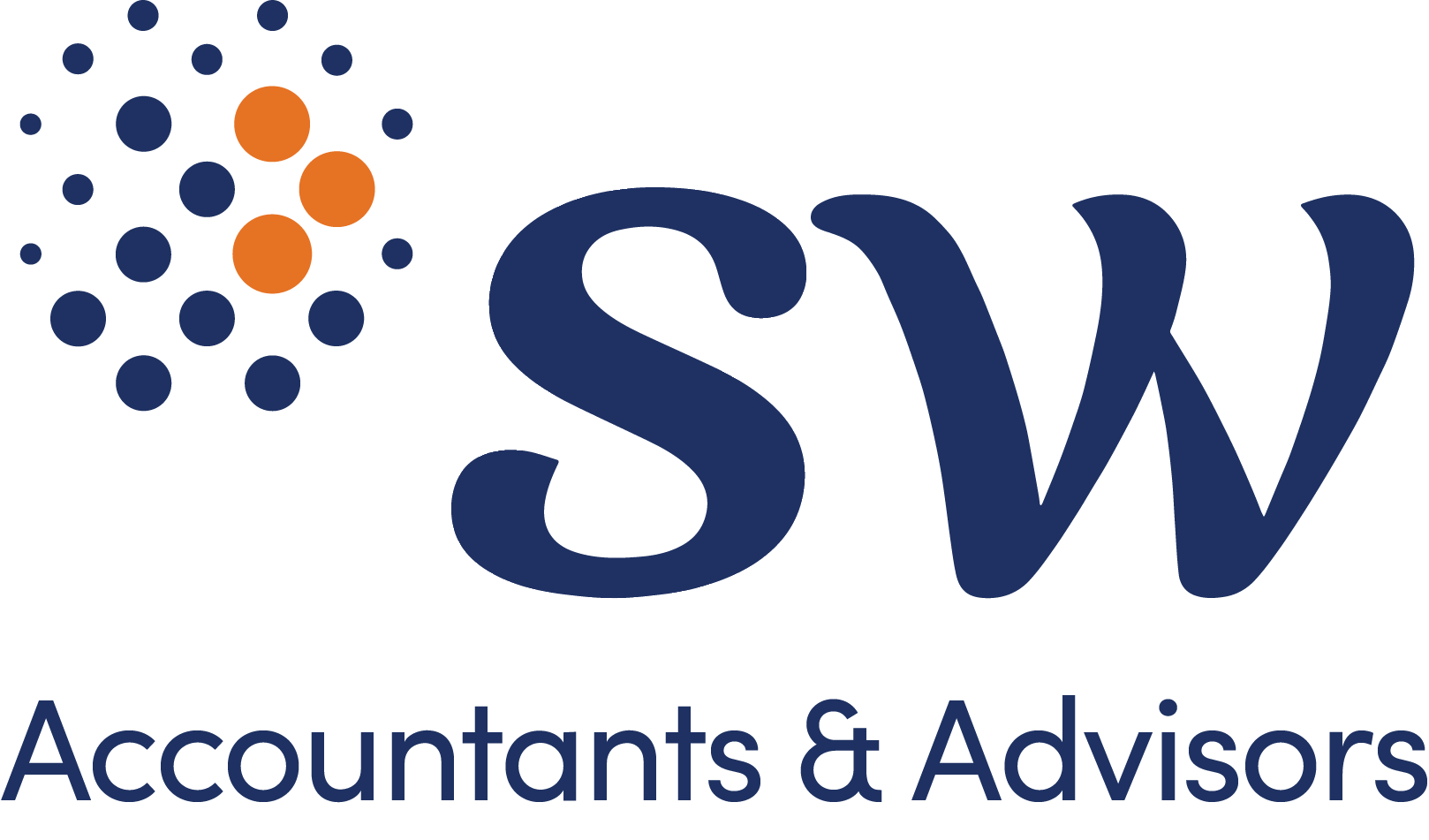
Lease liabilities on the balance sheet
22/03/2019
Does your company use assets on an operating lease? The new leases accounting standard could potentially result in significant adjustments to your company’s financial statements.
Overview of AASB 16 Leases
Applicable from 1 January 2019, companies will need to recognise operating leases, such as a lease for a building, land, machinery or IT equipment, on the balance sheet as a right-of-use non-current asset with a corresponding liability. The asset will then need to be depreciated as an item of property, plant and equipment; with the liability being unwound.
The only exempt leases will be short term and low value leases.
Impact of AASB 16 Leases
“New research estimating the impact of accounting standards which require leases to be brought on balance sheet finds up to $100 billion of liabilities will be recognised for the top 100 companies beginning this year.” Vesna Poljak, Australian Financial Review, 20 March 2019.
The new standard means companies will have a new non-current asset on the balance sheet; and a new liability split between current and non-current portions.
It also means that instead of recognising an operating lease expense, going forward companies will recognise a depreciation expense and finance cost. This will impact on EBITDA calculations.
This means companies might find their ratios and bank covenants are impacted; as well as their gross assets and total liabilities numbers.
Implementing AASB 16 Leases
The new standard is applicable from 1 January 2019. This means it is mandatory for financial years ending either 31 December 2019 or 30 June 2020. However, at that time comparative balances may also need to be restated. We can calculate the prior year restatement impact for you, including advising you on the different options available to you on initial application. Knowing what the potential impact will be gives you the opportunity to manage expectations.
Managing shareholder and director expectations will be a key element of implementation for many organisations. To achieve this and prepare for the new standard, you should consider and seek advice on:
- amending covenants, if required
- exploring accounting policy choices available to you and creating new accounting policies
- amending internal policies for approving entering a new lease agreement to be similar to approvals required for high value asset purchases
- calculating the value of your right-of-use asset and related liability and creating a model on the deprecation and unwinding of these balances
- ensuring any estimates and judgements in the calculation of right-of-use assets and related liabilities are understood and approved by the board.
We recommend ensuring the board is across the requirements, the impact and the judgements ahead of implementing this change and our team of specialists can document and advise the directors as required.



